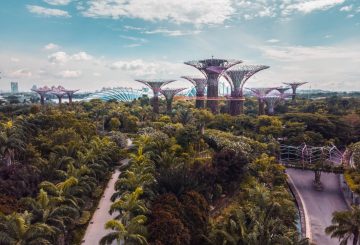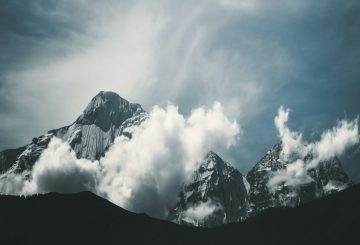On December 10, 2023, United Nations Secretary-General Antonio Guterres expressed his determination to continue advocating for a humanitarian ceasefire in Gaza. He stated that the ongoing war is damaging the credibility and authority of the Security Council. His comments were made at the Doha Forum conference, following the US’s veto of a proposed UN Security Council demand for an immediate ceasefire in the conflict between Israel and Palestinian group Hamas.
Guterres emphasized the need for the Security Council to prevent a humanitarian catastrophe and repeated his call for a ceasefire. Despite the Security Council’s failure to act, he vowed not to give up.
Qatari Prime Minister Sheikh Mohammed bin Abdulrahman Al Thani also spoke at the gathering, stating that Doha would persist in pressuring Israel and Hamas for a truce, despite dwindling chances. Qatar, which is home to several Hamas political leaders, has been mediating negotiations between the group and Israel. Sheikh Mohammed noted that negotiations, not Israel’s military actions, led to the release of hostages from Gaza.
Philippe Lazzarini, head of the UN aid agency for Palestinians (UNRWA), argued that the dehumanization of Palestinians has enabled the international community to tolerate Israel’s ongoing attacks on Gaza. He stressed the urgent need for a humanitarian ceasefire.
However, the US and Israel oppose a ceasefire, arguing it would only benefit Hamas. Instead, they support temporary halts in fighting to protect civilians and facilitate the release of hostages taken by Hamas during an October 7 attack on Israel.
In addition to the Gaza situation, Guterres also addressed the issue of climate change at the COP28 conference. He urged leaders to agree on significant emission reductions to prevent global warming from exceeding 1.5 degrees Celsius. Despite promises, he noted that emissions are at a record high, largely due to fossil fuels. He called on fossil fuel companies and their supporters to use their resources to lead the transition to renewable energy.























































-helped-regain-her-strength-and-balance-using-Nymbl-after-a-fall.-660x440.jpg)


